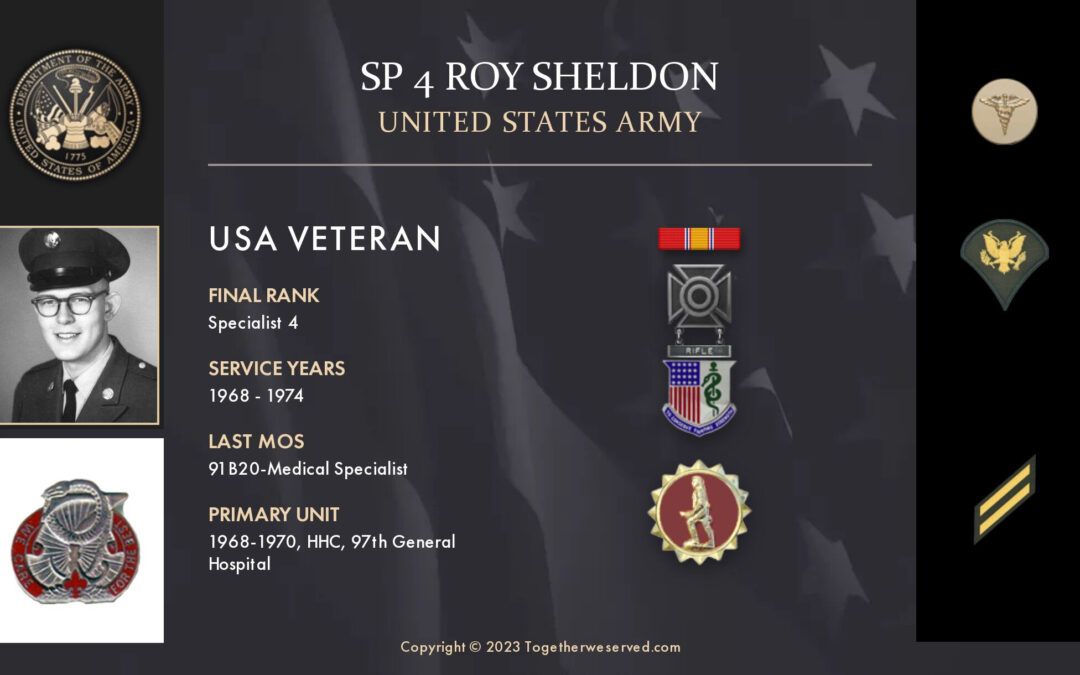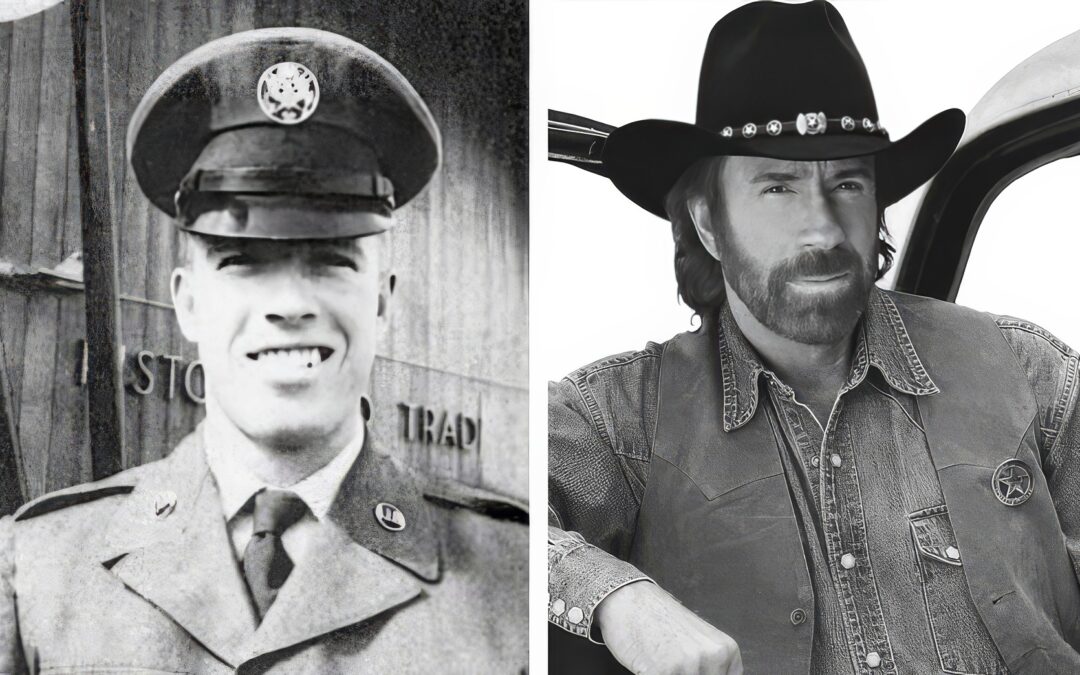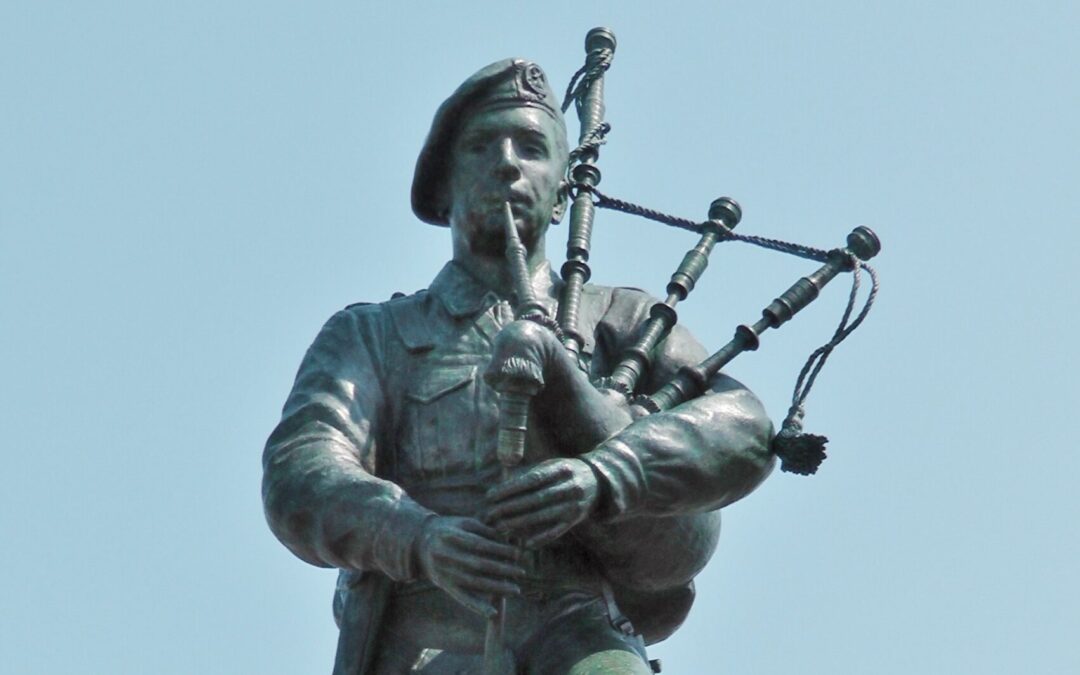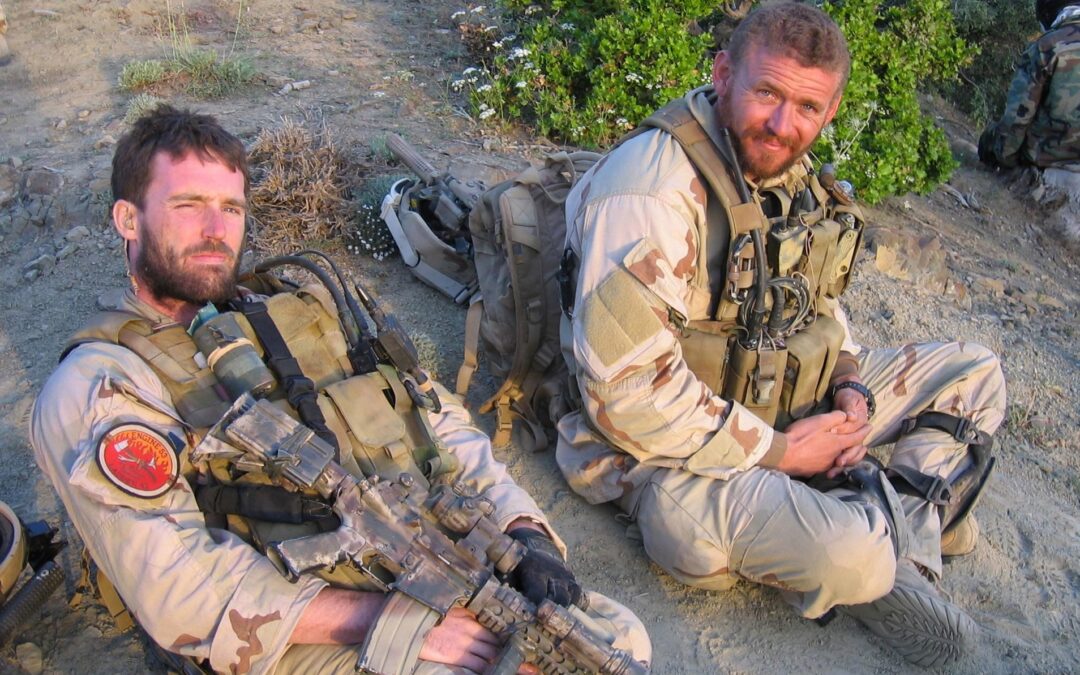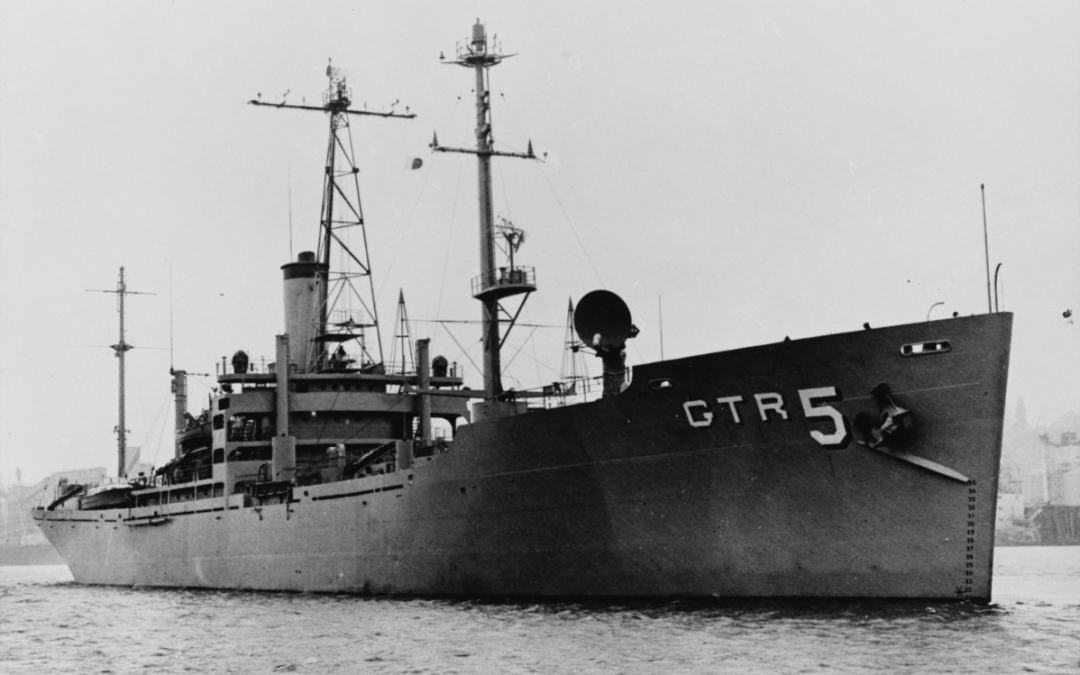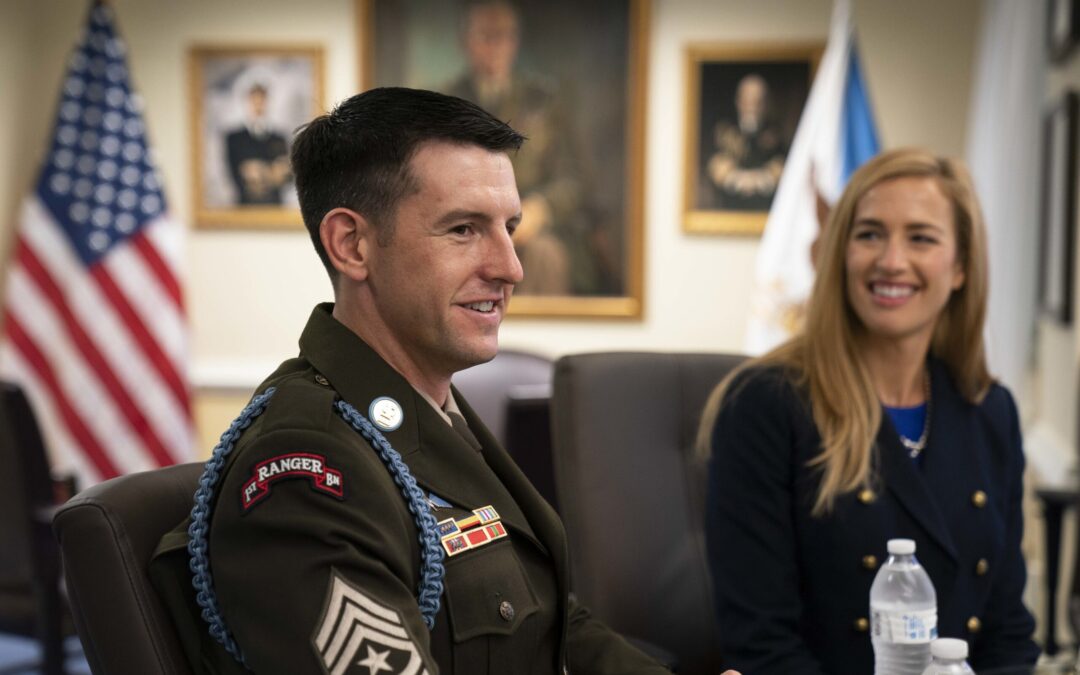Can you recount a particular incident from your service, which may or may not have been funny at the time but still makes you laugh?:
If there was one thing that could strike fear into any Marine recruit back when we actually received service numbers, it was the fear of being sent back for some mischief, thus prolonging our time in purgatory. I faced that very real possibility between Phase 2 and Phase 3 at MCRD, San Diego, and it was Mess and Maintenance week.


